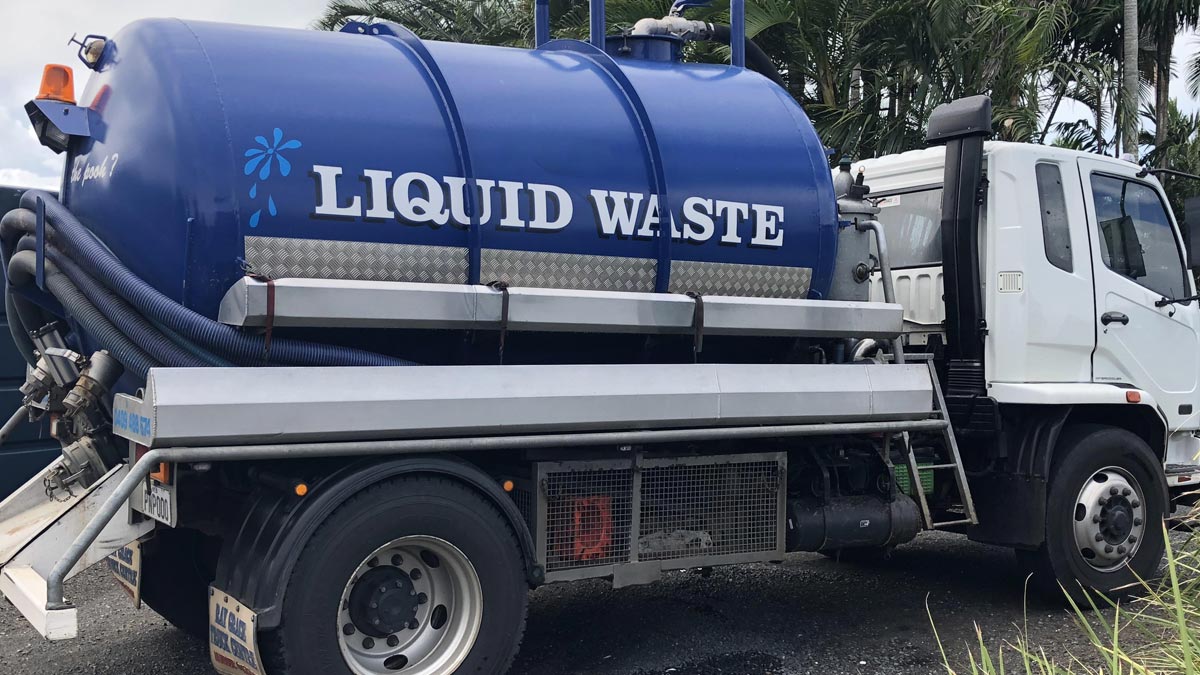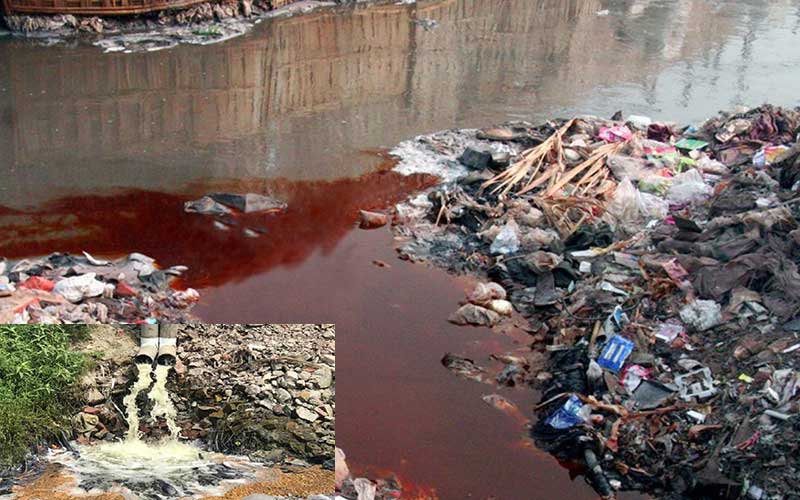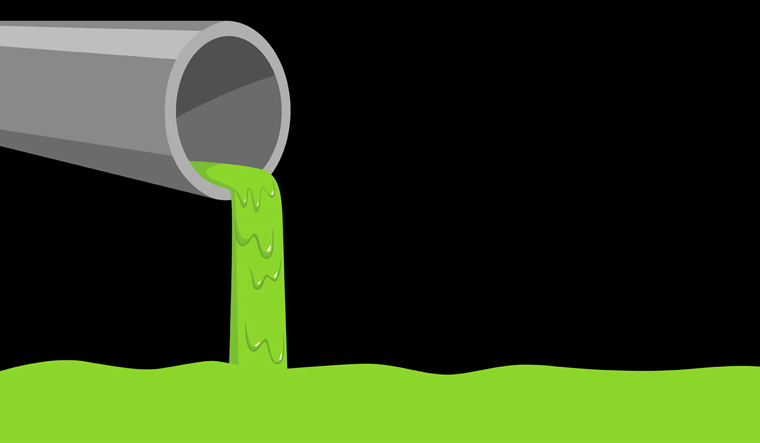Professional Liquid Waste Removal Melbourne: Maintaining Your Setting Tidy
Professional Liquid Waste Removal Melbourne: Maintaining Your Setting Tidy
Blog Article
How Fluid Garbage Disposal Works: A Comprehensive Overview of Strategies and Technologies Employed

Review of Fluid Waste Types
The complexity of liquid waste types requires a thorough understanding of their attributes and ramifications for disposal. Liquid waste can generally be categorized into numerous types, including industrial, municipal, farming, and harmful waste. Each classification shows distinct residential properties, calling for particular administration approaches to alleviate environmental and health risks.
Industrial fluid waste originates from manufacturing processes and usually includes a variety of pollutants, such as hefty steels, solvents, and natural substances. Municipal liquid waste, mainly making up wastewater from houses and business facilities, consists of organic matter, nutrients, and microorganisms (industrial wastewater treatment). Agricultural liquid waste, including overflow from farms, may include fertilizers, pesticides, and animal waste, posturing threats to water top quality and ecological communities
Hazardous liquid waste is characterized by its toxicity, reactivity, or possible to trigger harm. Recognizing these varied liquid waste kinds is vital for establishing effective disposal methods and making sure conformity with ecological guidelines.
Physical Treatment Approaches

Screening is the first step, where larger bits and particles are gotten rid of from the liquid waste utilizing displays or grates. In sedimentation storage tanks, much heavier fragments work out at the bottom, creating a sludge layer, while the made clear liquid can be further dealt with.
Filtration is another necessary approach that involves passing the liquid through porous materials, such as sand or membrane layers, to record smaller sized particles. This step enhances the high quality of the fluid, making it appropriate for succeeding therapy procedures.

Chemical Therapy Strategies
Chemical therapy techniques are essential for successfully taking care of fluid waste, particularly in addressing dissolved and colloidal pollutants that physical techniques may not effectively get rid of. These strategies make use of numerous chemical representatives to counteract, speed up, or change harmful materials right into much less dangerous types.
One typical technique is coagulation and flocculation, where chemicals such as alum or ferric chloride are included in advertise the aggregation of suspended particles. This process improves sedimentation, enabling simpler removal of the resulting sludge. Additionally, oxidation processes, using representatives like chlorine or ozone, are used to damage down intricate natural substances and microorganisms, rendering the waste safer for discharge or further therapy.
Neutralization is another important method, which adjusts the pH of acidic or alkaline waste streams to neutral levels, protecting against possible injury to downstream systems and the setting. In addition, advanced oxidation processes (AOPs) utilize combinations of oxidants and ultraviolet light to weaken persistent pollutants, attaining a higher level of therapy effectiveness.
Organic Therapy Processes
Organic treatment procedures play a crucial role in the monitoring of fluid waste by utilizing bacteria to break down organic matter and minimize impurity levels. These procedures can be extensively categorized right into anaerobic and cardio therapies, each using certain recommended you read microbial neighborhoods to attain efficient waste degradation.
Cardio treatment entails making use of oxygen to facilitate the failure try here of natural products by bacteria. This procedure is commonly carried out in activated sludge systems, where oygenation tanks supply a favorable setting for microbial growth, causing the oxidation of natural pollutants. The resultant biomass can be divided from treated effluent with sedimentation.
In contrast, anaerobic treatment happens in the lack of oxygen, relying upon various bacteria to damage down natural matter. This technique is specifically beneficial for high-strength waste, as it creates biogas, a renewable resource source, while lowering sludge production. Technologies such as anaerobic digesters are frequently utilized in commercial and community applications.
Both cardio and anaerobic biological treatments not just reduce the environmental influence of fluid waste yet likewise promote source recovery, making them necessary components of lasting waste management methods. Their effectiveness, effectiveness, and versatility sustain their extensive application throughout different industries.
Emerging Technologies in Disposal
Innovative approaches to fluid waste disposal are quickly advancing, driven by advancements in innovation and an increasing focus on sustainability. Among these emerging technologies, membrane layer bioreactors (MBRs) have actually gotten grip for their ability to integrate biological therapy with membrane layer filtering, resulting in top notch effluent that can be reused in numerous applications. MBRs make it possible for smaller sized impacts and extra reliable procedures contrasted to conventional systems.
Another encouraging growth is using anaerobic food digestion combined with nutrient healing innovations, which not just deals with fluid waste but likewise creates biogas and recoups useful nutrients like nitrogen and phosphorus. This dual advantage improves source performance and lowers ecological impact.
In addition, progressed oxidation processes (AOPs) are being embraced for the degradation of intricate organic toxins. These methods make use of powerful oxidants and stimulants to break down pollutants at the molecular degree, supplying an extremely efficient service for challenging waste streams.
Moreover, the assimilation of man-made intelligence and device understanding in waste monitoring systems is enhancing operational performance and predictive maintenance, bring about minimized costs and boosted ecological compliance. These modern technologies reflect a substantial change towards even more lasting and effective fluid waste disposal methods.
Conclusion
Finally, efficient fluid garbage disposal requires a comprehensive understanding of numerous techniques and modern technologies. The combination of physical, chemical, and organic treatment approaches guarantees the reliable management of varied waste types. Additionally, the appearance of innovative technologies improves treatment effectiveness and promotes sustainability in waste administration methods. By continually progressing these methodologies, it comes to be feasible to resolve the expanding challenges connected with fluid waste, ultimately contributing to ecological defense and resource healing.
Liquid waste disposal is an important element of ecological management, calling for a thorough understanding of different techniques and technologies customized to different waste types. Liquid waste can generally be classified into a number of types, consisting of industrial, municipal, agricultural, and unsafe waste. Agricultural liquid waste, including drainage from farms, might consist check these guys out of fertilizers, pesticides, and pet waste, positioning dangers to water high quality and ecological communities.
Different physical therapy techniques play an essential duty in taking care of liquid waste effectively - industrial wastewater treatment.In final thought, effective fluid waste disposal requires a detailed understanding of different techniques and modern technologies
Report this page